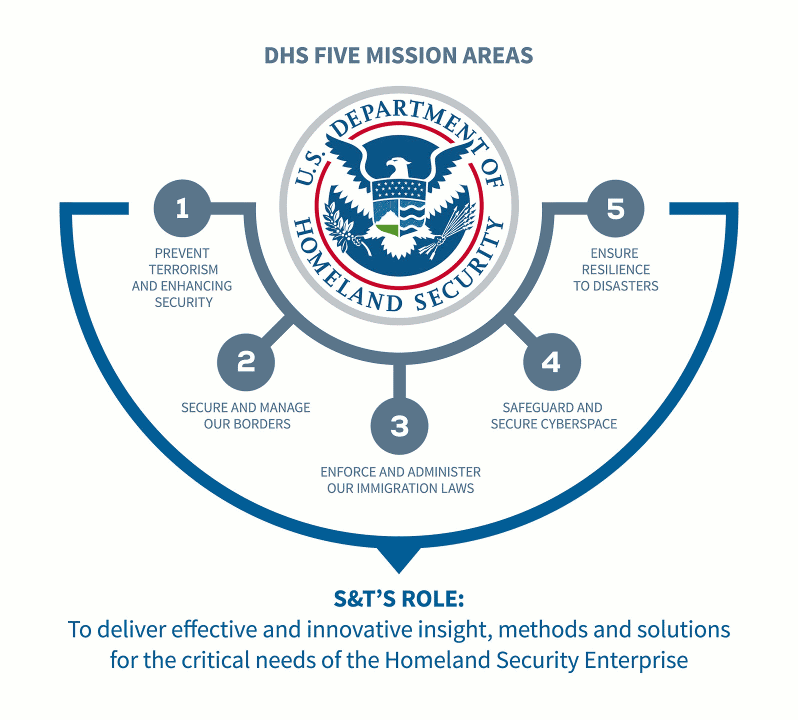With a 20-year outlook to reaching these goals, 2015 focused on near-term solutions and on building and growing meaningful partnerships. We finished the year with great results.
We focused on solving some of the toughest homeland security challenges, such as protecting our transit systems, food supply and electrical grid. Our Screening at Speed Apex Program, groundbreaking of the National Bio-and Agro Defense Facility and the transition of the Recovery Transformer program are a testament to our success in these areas.
We helped firefighters, EMTs and law enforcement with personal protective equipment such as improved structure fire fighter gloves and interoperable data communications technology. We developed data analytics capabilities to provide emergency managers and first responders with systems that allow them to make informed decisions when it counts. From storm modeling to crowd simulation, we helped harness data that can keep communities safe.
We saw our technologies and research make a difference in communities challenged by disaster around the world. In Nepal, S&T’s FINDER technology led rescuers to four survivors by detecting their heartbeats under rubble. We also continued to address one of the world’s largest challenges—cybersecurity. Because so much of our lives exist online, S&T focused on technologies that secure networks and mobile devices.
We know a secure future is important to the American people, and in 2015, we used our partnerships in industry, the start-up community, academia, laboratories and countries across the globe to deliver innovative solutions. We brought together industry and operators so they could learn each other’s needs and processes. We engaged these audiences in new ways opening a Silicon Valley office to be strategically positioned to find cutting-edge solutions that will keep the nation safe.
The men and women of the Science and Technology Directorate seek solutions to homeland security challenges every day so that their fellow Americans can have peace of mind in the communities in which they live, work and play.













































